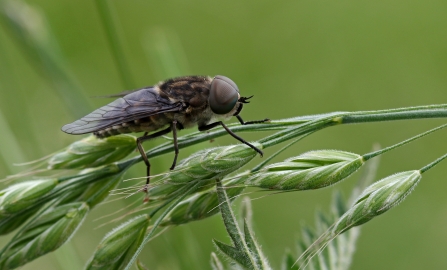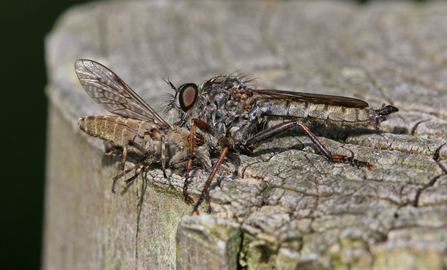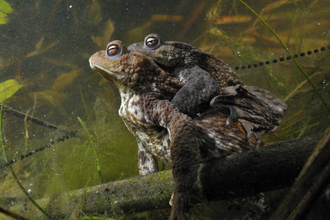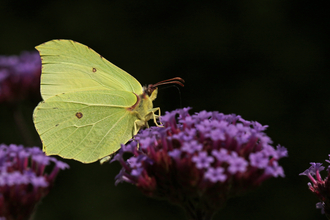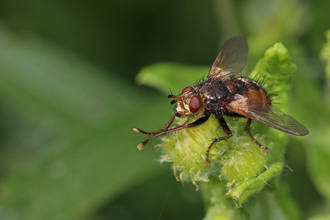Okay, I know that horseflies aren't everyone's cup of tea. But just look at those eyes in the photo above. Aren't they beautiful. If I'm honest, horseflies aren't entirely my cup of tea either - when out and about with friends, I'm the one that horseflies and other bitey creatures are attracted to. One infamous day, I came home with 35 horsefly bites - I'd been swatting them away from me for hours and I itched for days afterwards. I don't really blame them, though, they were just doing what they needed to in order to ensure a bright future for their offspring.
I warn readers now - this is not a blog for the light-hearted. It is, however, a blog for those who want to know more about these beautiful, stealthy and trickier to love insects.


